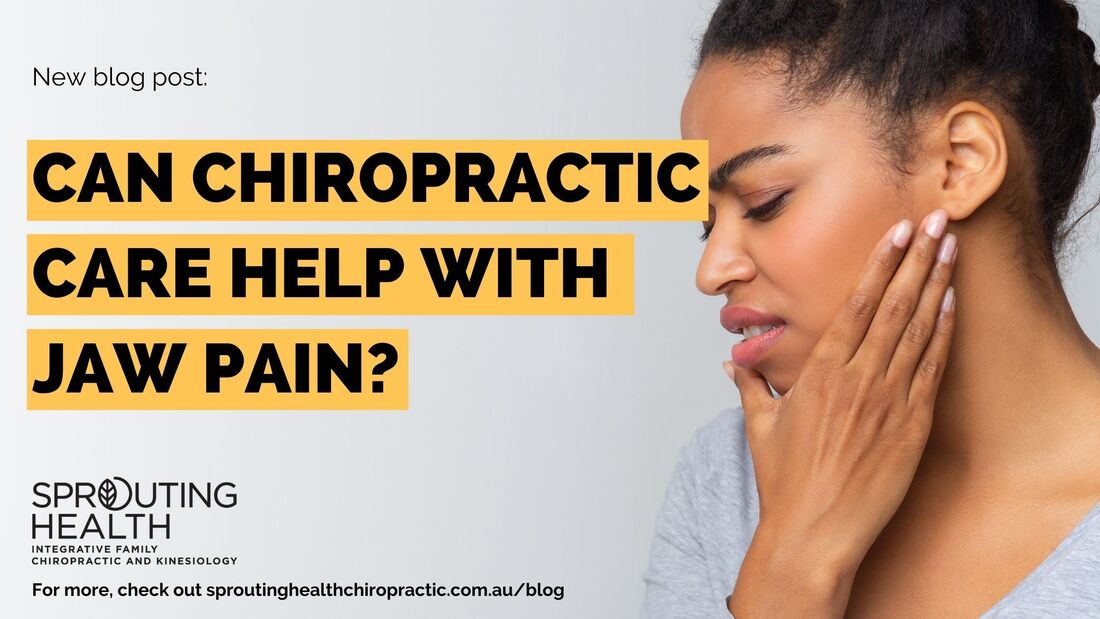|
3 in 10 adults and 1 in 10 children around the globe have jaw pain, or temporomandibular joint disorders(TMJD).(1) Temporomandibular joint(TMJ) is the joint where our mandible and skull connect. We use this joint when we talk, laugh, sing, eat and most importantly, chew. When one is suffering from TMJ pain, all of the above can become a luxury.
TMJ is a unique joint in the human body, but somehow quite similar to our spinal joint. A disc in between two boney structures that allows movement, muscles and ligament around the TMJ help stabilise the joint. Pain in TMJ can be caused by some physical stress such as wear and tear, degeneration, arthritis and injury. Stress could also be the hidden cause of jaw clenching or grinding.(2) Headaches(migraine, tension-type) and TMJD are widely accepted as comorbidity, meaning if you have one, you are likely to have the other at the same time.(2) As a result, chiropractors often see patients present with TMJ pain, or TMJ related disorders. A case series study in 2015 shows that people with TMJ pain have terrific improvement after a course of chiropractic treatment.(3) In this study, with a relatively small sample size of 14 people, the pain from start of treatment averaging 8.3 out of 10 reduced to the last treatment of 1.4 out of 10.(3) While this preliminary result is very encouraging, more studies in this area are needed to better understand the healing mechanism behind it. Another study recruited 28 healthy individuals to investigate the influence of chiropractic manipulation on maximal bite force. After receiving chiropractic manipulation, the maximal bite force is bumped up 11% on average, while the control group shows almost no difference.(4) One may argue this sounds like a dentist’s job. At Sprouting Health Chiropractic and Kinesiology, we always perform a thorough examination before treating our practice members and direct them for an appropriate referral if needed. Speak to one of our chiropractors today if you or your loved ones have jaw issues to discuss your options. References 1. Valesan LF, Da-Cas CD, Réus JC, Denardin ACS, Garanhani RR, Bonotto D, et al. Prevalence of temporomandibular joint disorders: a systematic review and meta-analysis. Clinical Oral Investigations. 2021;25(2):441-53. 2. Speciali JG, Dach F. Temporomandibular Dysfunction and Headache Disorder. Headache: The Journal of Head and Face Pain. 2015;55(S1):72-83. 3. Pavia S, Fischer R, Roy R. Chiropractic Treatment of Temporomandibular Dysfunction: A Retrospective Case Series. Journal of Chiropractic Medicine. 2015;14(4):279-84. 4. Haavik H, Özyurt MG, Niazi IK, Holt K, Nedergaard RW, Yilmaz G, et al. Chiropractic Manipulation Increases Maximal Bite Force in Healthy Individuals. Brain Sciences. 2018;8(5):76.
0 Comments
Leave a Reply. |
AuthorBlogs by the team at Sprouting Health Archives
July 2024
Categories |


 RSS Feed
RSS Feed
